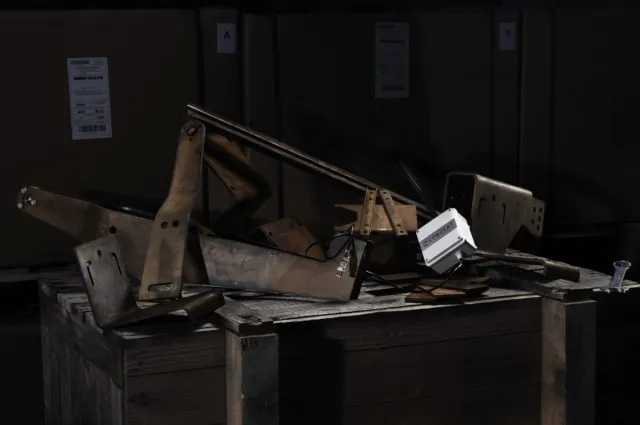Intersolar SA: where bifacial and trackers collide
Aug 7, 2019 04:46 PM ET
- The industrial development of the bifacial solar module over the last few years represents one of the most significant events in the world of photovoltaic systems. Today, this technology constitutes one of the most promising trends in the global solar market. During Intersolar South America, Convert will present its bi-facial tracker, an innovative solution to gain more solar energy from the panels.

By using both direct and reflected solar radiation, higher productivity values can be achieved, with up to 25% greater production over traditional single-sided modules. According to recent estimates, 35% of the industry will employ bifacial technology by 2027.
This year Convert, a leading global manufacturer of single-axis trackers, will present an innovative solution to yield more gains with its bifacial tracker at Intersolar South America. The event which will occur from August 27 to 29 in São Paulo, Brazil, is Latin America’s largest exhibition and conference for the solar PV Industry. Convert will display its new “2 PV modules portrait” tracker made in Weathering Steel.
An innovative solution to increase production values
Convert says its display presentation is a disruptive solution which allows solar producers to obtain the greatest yield from solar radiation in the world of photovoltaic systems of recent years. Bifacial PV provides investors the opportunity to use both direct and reflected solar radiation to ensure further productivity gains, while reducing the levelized cost of energy (LCOE) value of a PV plant. Convert says its product offering complimented with bifacial will increase production values by up to 25% the compared to traditional single-sided modules.
“Convert’s dedication to achieving these types of gains is unmatched. Our solution that is exemplary from both the technical and the economic perspective. The product will support the industry to deliver on production targets to meet current and expected international growth trends” says Giuseppe Demofonti, R&D Senior Engineering Convert Italia, who has led the company’s partnership with the GOPV project, which resulted in the new bifacial tracker.
Bifacial Tracker performances
Numerous studies and experiments have demonstrated that the synergy between bifacial modules and tailor-made single-axis trackers can support greater gains and stronger economics.
Convert says its bifacial tracker will provide investors with:
- Decreased tracker costs due to its use self-healing weathering steel
- Reduced energy costs and CO2 emissions
- Extended service lifetime to 35 years
- Improved know-how and analytical models to predict the corrosion rate of weathering steel
Convert has expanded on research and analytical studies with its own experimental tests devoted to improve production gains. While bifacial panels have been around for decades, the experimentation with photovoltaic chemistries and manufacturing processes have created a new generation of products.
It is estimated that bifacial panels currently add about 3% to the total cost to a tracker PV system. Convert says that it projects that this number will be crunched down to the cost of monofacial panels within a few years, but that its solution today already provides a strong case for better economics.
Also read

